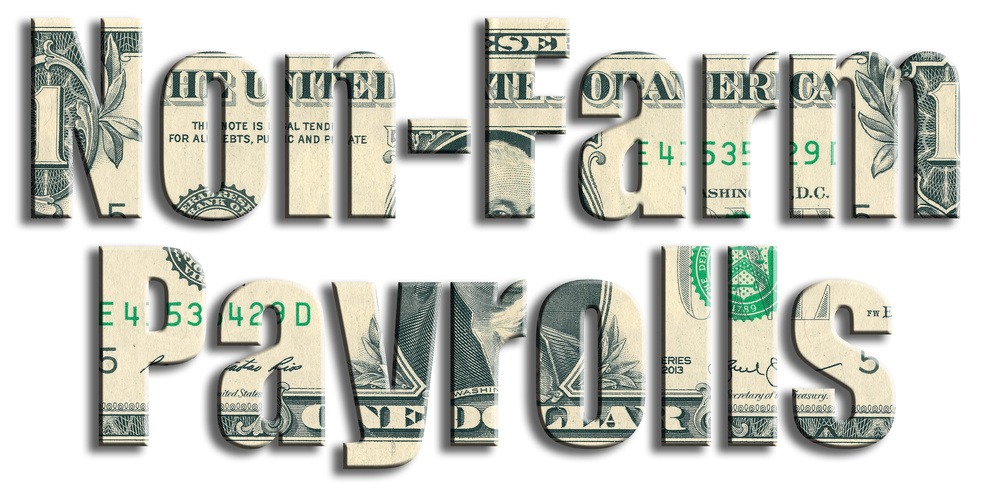US wages rose 0.4% MoM in August, double the early expectations. The broader YoY measure shows an acceleration from 2.7% to 2.9%, also above initial projections. Higher salaries imply further consumption and the “right” kind of inflation, one that comes from increasing demand and nor from external factors such as rising oil prices or price hikes stemming from tariffs. Wages are correlated to core inflation.
The US reported a gain of 201,000 positions in August, slightly above 191,000 expected. Downward revisions worth 50,000 for July and June were unable to ruin the party. The drop in the U-6 underemployment rate to 7.4% is encouraging.
The US Dollar jumped across the board. The straightforward reaction is much needed after long days of risk-on/ risk off movements that occasionally saw the Japanese yen and the Swiss franc gain ground against the US Dollar while the greenback beat all the rest. This time, the buck is on top, period, full stop.
Will this kind of price action last? Probably not. US President Donald Trump will likely announce new tariffs on China or grab the headlines in another form.
But for the Federal Reserve, the data is a critical input. If anybody had a doubt, the NFP cements a rate hike in the upcoming September 26th meeting.
Moreover, the odds of a fourth rate hike this year have grown. The FOMC convenes for the last time in mid-December. Fed Chair Jerome Powell and his colleagues are now more likely to bring a Christmas gift of sorts to markets: a rate hike that fulfills the dot-plot.
All in all, higher wages push core inflation, interest rates, and the US Dollar higher with no exceptions. Trade wars could change the environment, but at the moment markets are trading with clarity.
More: Trade wars: $200 billion is serious, 3 scenarios and currency reactions for the upcoming escalation
Get the 5 most predictable currency pairs
Dollar dominates as Americans get a fatter paycheck
